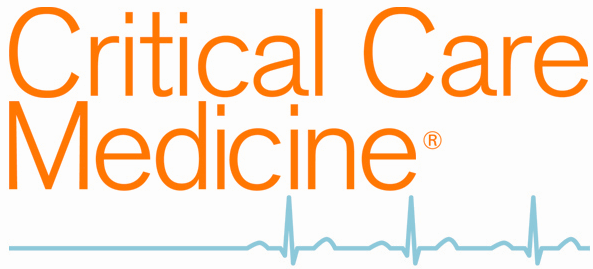Abstract and Introduction
Abstract
Objective: To investigate temporal trends and outcomes associated with early antibiotic prescribing in patients hospitalized with COVID-19.
Design: Retrospective propensity-matched cohort study using the National COVID Cohort Collaborative (N3C) database.
Setting: Sixty-six health systems throughout the United States that were contributing to the N3C database. Centers that had fewer than 500 admissions in their dataset were excluded.
Patients: Patients hospitalized with COVID-19 were included. Patients were defined to have early antibiotic use if they received at least 3 calendar days of intravenous antibiotics within the first 5 days of admission.
Interventions: None.
Measurements and Main Results: Of 322,867 qualifying first hospitalizations, 43,089 patients received early empiric antibiotics. Antibiotic use declined across all centers in the data collection period, from March 2020 (23%) to June 2022 (9.6%). Average rates of early empiric antibiotic use (EEAU) also varied significantly between centers (deviance explained 7.33% vs 20.0%, p < 0.001). Antibiotic use decreased slightly by day 2 of hospitalization and was significantly reduced by day 5. Mechanical ventilation before day 2 (odds ratio [OR] 3.57; 95% CI, 3.42–3.72), extracorporeal membrane oxygenation before day 2 (OR 2.14; 95% CI, 1.75–2.61), and early vasopressor use (OR 1.85; 95% CI, 1.78–1.93) but not region of residence was associated with EEAU. After propensity matching, EEAU was associated with an increased risk for in-hospital mortality (OR 1.27; 95% CI, 1.23–1.33), prolonged mechanical ventilation (OR 1.65; 95% CI, 1.50–1.82), late broad-spectrum antibiotic exposure (OR 3.24; 95% CI, 2.99–3.52), and late Clostridium difficile infection (OR 1.60; 95% CI, 1.37–1.87).
Conclusions: Although treatment of COVID-19 patients with empiric antibiotics has declined during the pandemic, the frequency of use remains high. There is significant inter-center variation in antibiotic prescribing practices and evidence of potential harm. Our findings are hypothesis-generating and future work should prospectively compare outcomes and adverse events.
Introduction
The appropriate use of empiric antibiotics is a clinical challenge for patients with severe COVID-19. Early in the pandemic, there was concern that bacterial coinfection would influence morbidity and mortality. Evidence from prior pandemics supported this claim. Most deaths during the 1918 influenza pandemic were due to bacterial coinfections.[1] Similarly, in the 2009 H1N1 influenza pandemic, 29–59% of worldwide mortality was due to bacterial superinfections.[2] Fortunately, early data from the COVID-19 pandemic suggests bacterial coinfection is uncommon. A meta-analysis of 3,338 patients with COVID-19 found that only 3.5% of patients had bacterial coinfection on presentation. The rate of bacterial coinfection was higher, 8.1%, among patients requiring intensive care.[3] Studies thus far have demonstrated that 76% of hospitalized COVID-19 patients receive antibiotics.[4] As demonstrated by previous studies, early empiric antibiotic use (EEAU) is not without risk. Extended use of empiric antibiotics is associated with increased antibiotic resistance,[5] Clostridioides difficile infection,[6] and mortality.[7] Experimental animal data and observational human data suggest that early anaerobic antibiotics alter the pulmonary microbiome, increase lethality of hyperoxia, and are associated with adverse patient outcomes.[8] Alterations in the respiratory microbiome have been observed in prolonged acute respiratory distress syndrome in COVID-19.[9] We hypothesized that: 1) rates of EEAU would vary between centers and decrease over time and 2) EEAU would be associated with increased rates of C. difficile infection, antimicrobial resistance, and mortality.
Crit Care Med. 2023;51(9):1168-1176. © 2023 Lippincott Williams & Wilkins









